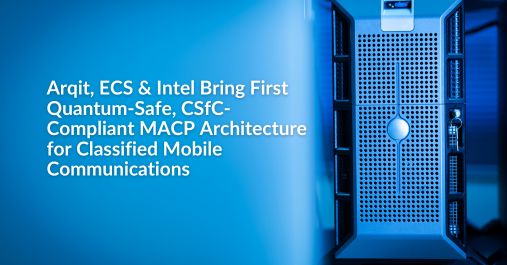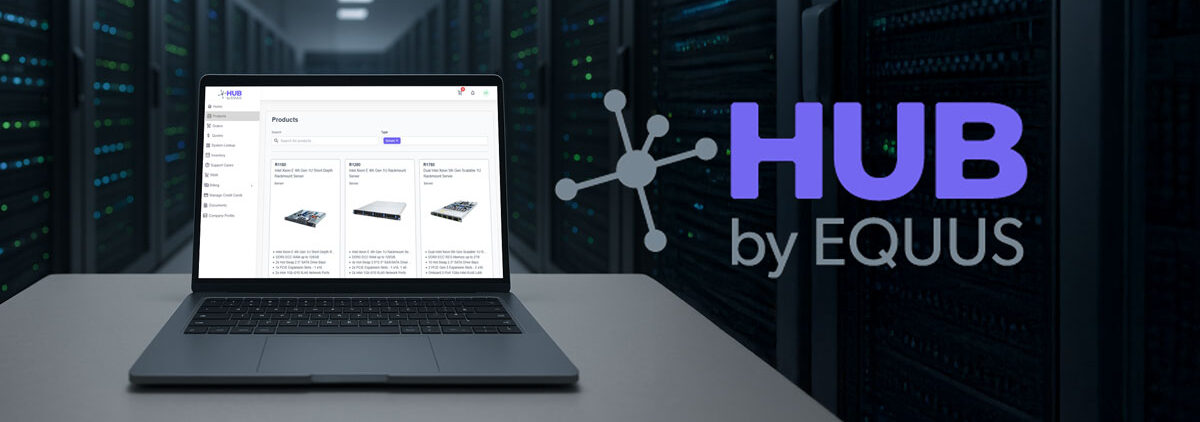With server resource management, sharing is caring. In the data center, stranded resources, whether processing power, memory, or networking, represent a missed opportunity. When capitalized on, these opportunities can significantly improve performance and resource availability.
The challenge is that traditional architectures are limited in how they share resources in key ways. One such limitation is the standard topological hierarchy, which hinders flexibility in the sharing process. Another limitation is the number of programs that can simultaneously use a device’s shared hardware. A third limitation is coherence, or the fact that different nodes might read the target device differently, limiting their ability to use those resources. All of these limitations are addressed with Compute Express Link.
Compute Express Link (CXL) is an interconnect that allows for high-bandwidth, low-latency connectivity between the host processor and a range of devices. These connections maintain coherence, enabling a level of resource sharing not possible with traditional architectures. Let’s consider five benefits of CXL and how they overcome the limitations of conventional architectures.

CXL is designed to support heterogeneous processing and computing types. This feature is crucial as performance-intensive workloads like AI, machine learning, and analytics become more prevalent in the modern data center.
- Dynamic multiplexing. Traditional computing paradigms restricted device communication to a single channel or perhaps permitted a few controlled channels. With the release of the first version of CXL came dynamic multiplexing. Not only is communication allowed between multiple devices, but using the CXL switch allows for a dynamic workflow — one that can automatically adapt to current network and computing needs.
- CXL switches. CXL 2.0 supports the pooling of multiple and single logical devices using a CXL switch connected to several hosts. Using a single switch to connect to multiple devices helps designers avoid overprovisioning servers, cutting costs and improving performance. And since CXL 2.0 is backward compatible, there’s no worry about CXL 1.1 compatibility issues.
- Persistent memory. The ability to store entire data sets in memory boosts server performance significantly. However, with traditional architectures, users were worried about memory persistence which impacts data reliability. CXL solves this by using direct memory management instead of a controller-based approach — adding additional benefits like standardized memory and interface management and the support of more form factors.
- Memory pooling and sharing. Memory pooling, introduced in version 2.0, allows systems to treat CXL-attached memory as a fungible resource that can be flexibly allocated to servers based on need. This means the switches enable the allocation of device memory across multiple hosts, mitigating the problem of stranded memory (finer-grain memory allocation). However, in version 3.0, we saw further enhancements with a new ability called memory sharing. Memory sharing allows a portion of memory to be simultaneously accessible by more than one host while ensuring that every host sees the most up-to-date data at that location — all this without the need for software-managed coordination.
- Fabric connectivity. Traditional hierarchical structures restrict the flow of communication between nodes, which may hinder resource utilization. CXL 3.0 leverages fabric capabilities to enable a non-tree topology and can support thousands of nodes using an addressing mechanism called Port Based Routing (PBR). Fabric topology allows IT teams to use compute and memory components in unique ways to support their computing workload needs and rearrange those resources dynamically.
Start Planning for CXL in Your Organization
Better resource utilization equals a lower total cost of ownership for every server investment and improved performance. And flexibility in how you allocate each node means that you can support computing workloads even when they get really complex. CXL helps you unlock these benefits and is a no-brainer for anyone doing high-performance computing.
CXL is also open-source, which provides flexibility in another way: freedom from vendor lock-in. Large organizations like Intel have noticed its potential and are doing amazing things with the technology. Just look at Intel’s Agilex FGPA, which is leveraging the CXL discreet accelerator to enable efficient low-latency, high-bandwidth performance — ideal for heterogeneous computing needs.
At Equus, we work hard to bring the most advanced technology to your data center. CXL represents a significant step forward in server performance and data center efficiency. If you’d like to learn more about how you can use CXL to support your computing needs, let’s talk.








